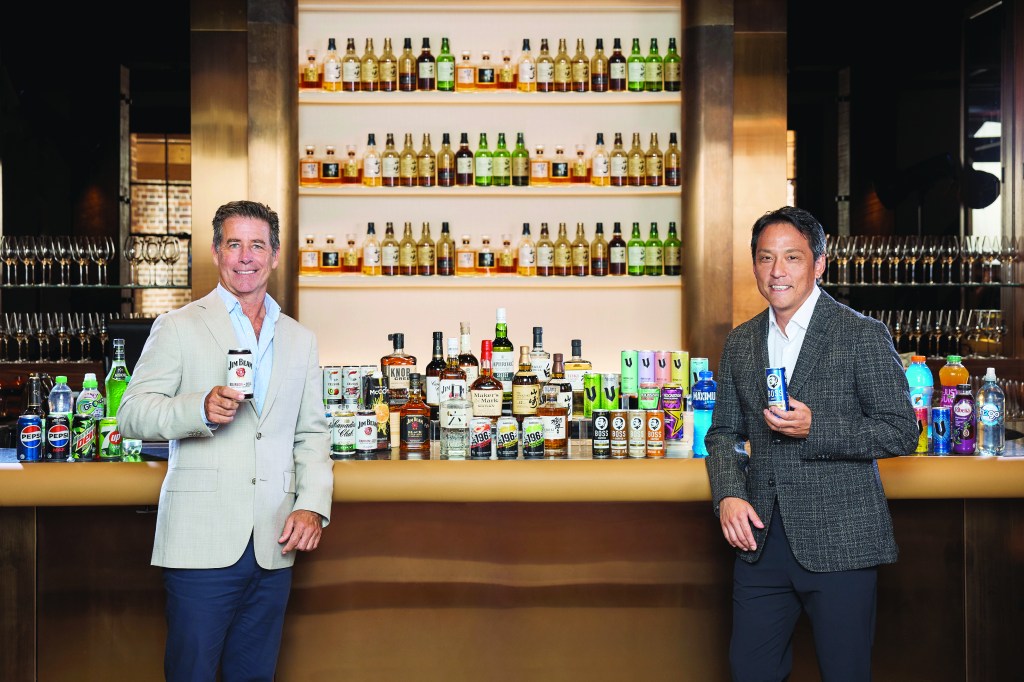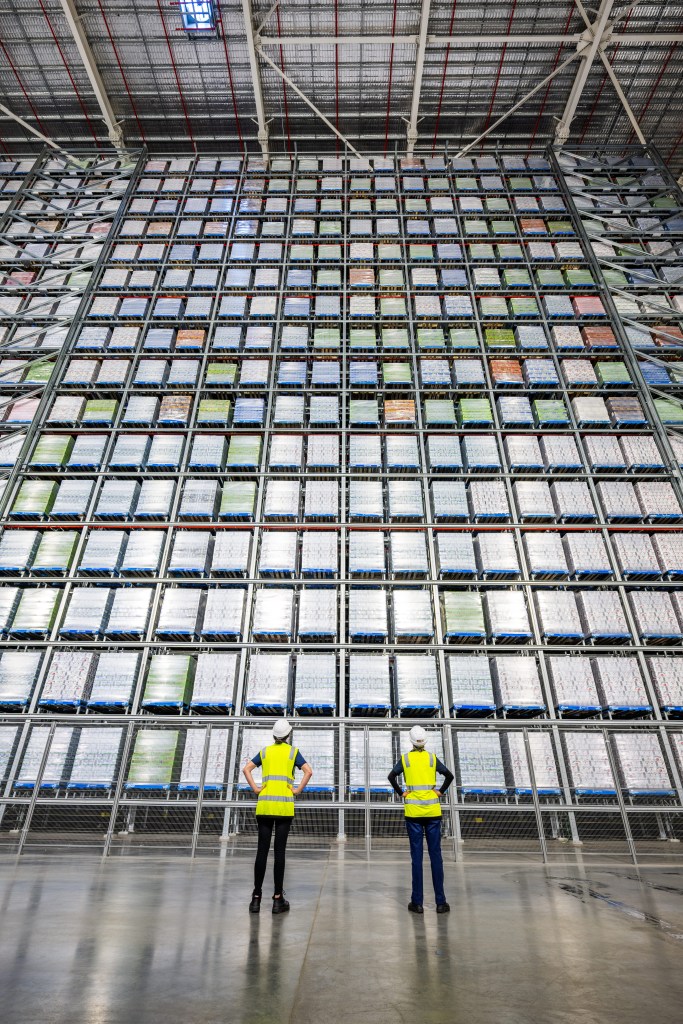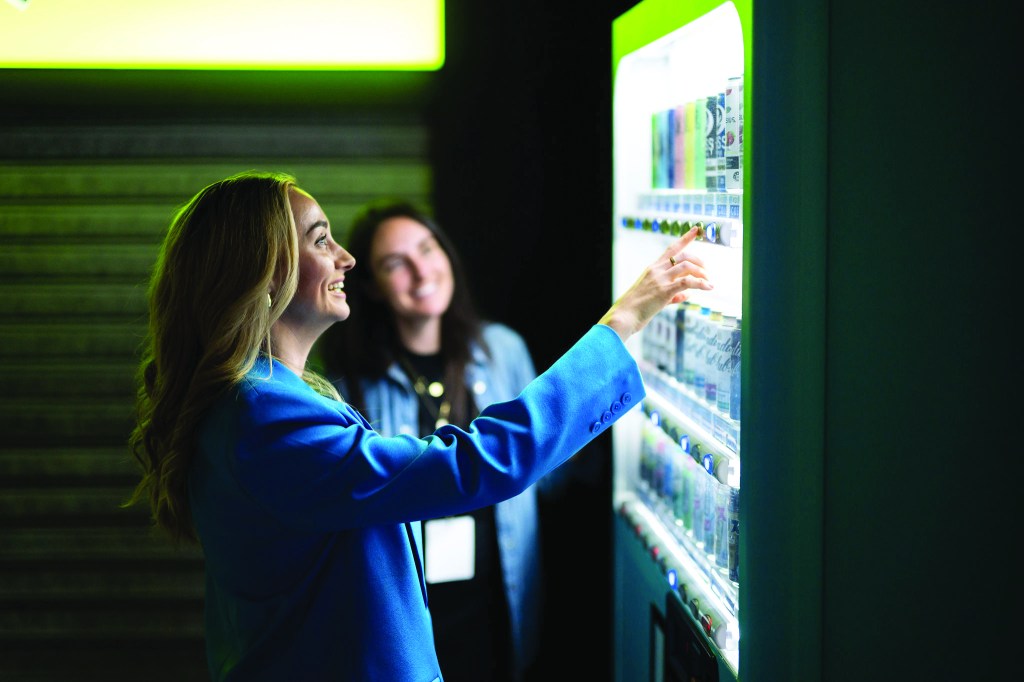Shaking up the drinks business: Suntory’s Oceanic pivot
Australians are drinking differently – and Suntory is evolving with them. Its new $3 billion Oceania business represents a bold new model for global growth and local investment.
BRANDVOICE – SPECIAL FEATURE

How does a 125-year-old family-owned global drinks company remain competitive in an era of rapid consumer shifts and supply chain disruption? For Suntory, it means reimagining its model beyond Japan – and building something entirely new in Oceania.
Its new Oceania business brings together local manufacturing, distribution, and sales of its full beverage portfolio across spirits, ready-to-drink (RTD) and non-alcoholic drinks. Never before has Suntory operated with this scale of integration outside its home market.
The centrepiece: Suntory Oceania, a $3 billion multi-beverage business backed by 1500 employees and a new carbon-neutral manufacturing facility in Ipswich in Queensland.
“We’re building on a legacy that spans generations,” says Dai Minato, CEO of Suntory Beverage & Food Oceania. “This is about combining the best of Suntory with deep local relevance. We’re here to pioneer new beverage experiences through craftmanship and innovation – and there’s a lot more to come.”
A legacy measured in centuries

Founded in 1899 in Osaka, Suntory helped pioneer Western-style alcohol drinks in Japan. It built Yamazaki in 1923 – Japan’s first malt whisky distillery – laying the foundation for what would become a world-renowned whisky portfolio.
Today, its brands are woven into Japanese culture, with drinks like the Suntory Highball cocktail outselling sake at many izakayas. Internationally, Suntory’s reputation grew in parallel with demand for Japanese whisky, which has surged globally over the last decade – 18% in 2023 alone (IWSR Drinks Market Analysis), with demand outstripping supply in several markets.
But the company also has a longstanding presence in Australia and New Zealand, giving it a unique understanding of local tastes. Its Midori liqueur landed in Melbourne in the late 1970s, where it helped fuel the popularity of the Japanese Slipper cocktail. In 2009, the company acquired Frucor, a leading non-alcoholic drinks business in New Zealand – a move that broadened its capabilities in the region.
“What people want today is different to five years ago. Consumers are making more intentional choices. They’re exploring quality over quantity, embracing new formats, and seeking drinks that fit their lifestyle.”
Mark Hill
Its acquisition of Beam Inc. in 2014, owner of several iconic American whiskeys and bourbons, marked a turning point, cementing Suntory’s presence as a truly global beverage powerhouse.
These milestones laid the groundwork for Suntory’s evolution into a global beverage leader – and now, Oceania is the next chapter in that journey.
The launch of Suntory Oceania unites its non-alcoholic and spirits portfolios, which will now include brands such as Suntory -196 RTD, Jim Beam, Maker’s Mark, Canadian Club, V Energy, Maximus, and Suntory BOSS coffee. And this time, the ambition is bigger than ever.
“Now that we have very strong foundations across more than 40 market-leading brands, it’s time to bring our capabilities together and unlock our full potential,” says Minato.
Aligning to demand
The drinks category is undergoing a fundamental shift. Consumers are increasingly demanding premium experiences, functional ingredients, and low- or no-alcohol options – and they expect brands to respond fast.
According to IWSR’s 2024 Strategic Study, the no-alcohol segment is expected to grow at a +7% volume CAGR (Compound Annual Growth Rate) globally through 2028, with RTDs forecast to grow even faster at +10% CAGR. In Australia, younger consumers are driving this shift, with taste, brand familiarity, and drinking experience becoming key purchase drivers.
“What people want today is different to five years ago,” says Mark Hill, Managing Director of Oceania at Suntory Global Spirits. “Consumers are making more intentional choices. They’re exploring quality over quantity, embracing new formats, and seeking drinks that fit their lifestyle.”
Post-COVID, this has led to what Hill calls a “rebalancing” of the category: “The home has become a more important consumption moment. People are enjoying drinks in a slower, more relaxed way – and that opens opportunities in both RTD and spirits.”
By unifying its Oceania capabilities under one local umbrella, Suntory says it can reduce lead times, localise product development, and bring innovation to market faster – without solely relying on long international supply chains.
At the heart of the transformation is the new $400 million facility in South-East Queensland – the largest investment in a single site by the FMCG sector in the last decade. Built on a 17-hectare greenfield site, the facility has become a leading industry benchmark with its carbon neutral credentials and a commitment to replenish 100% of water use by 2026.
A long-term vision

Suntory Oceania’s expansion is more than a regional investment – it reflects a broader shift in how the company is positioning itself for the future.
In April, Suntory President Nobuhiro Torii noted that, in response to U.S. tariffs, producing and selling spirits locally could safeguard the business from global disruptions.
The same principle underpins the Oceania model: strong local innovation and production, alongside its portfolio of international brands.
While the consumer benefits are visible, the transformation signals a more decentralised approach. Suntory is building systems that can adapt quickly to change, without compromising long-term value creation.
It’s a perspective rooted in the company’s heritage.
“Being more than 125 years-old and still largely held by the same family gives Suntory a longer-term view than many others”, says Minato.
“Our timespan is really generations versus quarterly performance,” Minato says. “It allows us to think bigger and more boldly, and to challenge convention.”
For Suntory, Oceania represents more than regional scale – it’s the articulation of a century old philosophy and a blueprint for future growth.
For more information, visit suntoryoceania.com